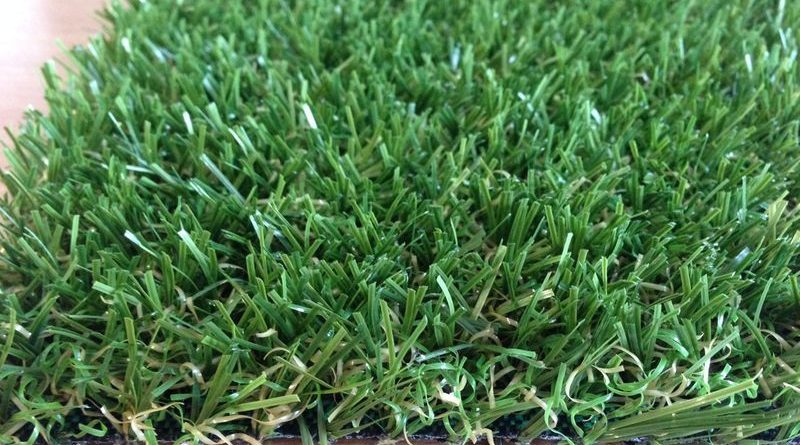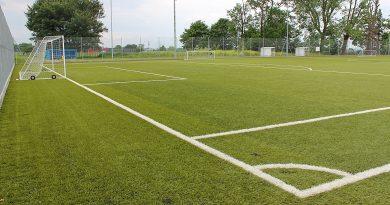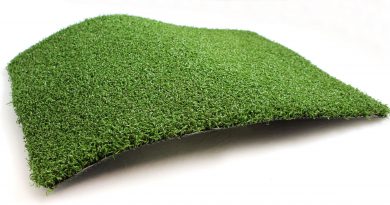Precisely Why Artificial Grass Is An Eco Friendly Alternative
Consumers are continually searching for ways that their personal decisions can make a difference to the earth, and from lowering greenhouse gas emissions to safeguarding biodiversity, synthetic grass can certainly make a significant difference. Standard grass lawns frequently leads to wasted water and unsafe backyards through watering plus the usage of inorganic sprays and herbicides. Synthetic turf is an opportunity to decrease your carbon dioxide footprint, reduce your water usage, and additionally offer protection to local wildlife- all with one life-style change.
Conserves Water
In an effort to look after regular grass recurrent watering is very important, especially through Summer, and this heavy water consumption has negative impacts on the planet. One benefit of artificial grass is that very little watering is needed to keep it looking good. Artificial turf will not dehydrate or die with the high heat like regular grass, thus with reputable companies like¦, you don’t need to to squander important water on grass.
Conserving resources such as water has become more important and should factor into your choice of grass. Synthetic grass is only going to require hosing down if debris or dirt must be removed, and typically a little bit of rainwater can do this job on your behalf!
Minimizes Carbon Footprint
If reducing your carbon foot print is important to you then synthetic grass is the best way to go. The lower upkeep that is required makes certain that very little equipment is needed- no lawnmowers, grass trimmers, or scarifiers needed, which all use fossil fuels. Synthetic turf stays cut and weedless from the minute it’s installed, and that will mean you don’t have to rely on any kind of harmful mowers or trimmers.
Not using all these pieces of equipment will reduce your petrol and diesel fuel usage, and consequently cut down greenhouse gas pollution.
No Need For Harsh Chemicals
Grass demands the use of fertilisers, pesticides, and other harsh chemicals to kill weeds and to keep your grass looking fresh. In addition to being made from materials such as fossil fuels (further increasing greenhouse gas emissions), you can run the risk of your grass becoming toxic. This creates a dangerous environment, especially for pets and children.
Helps To Protect Nearby Marine Life
Another adverse aftereffect of using harsh chemicals on grass is unsafe toxic run-off that occurs when it rains. The rainwater carries the chemicals that are on the grass across surfaces and can wind up in nearby water systems, such as ponds and rivers, in some instances killing the marine life. Extreme amounts of toxic chemical substances running into aquatic habitats also can lead to algal blooms, which unfortunately significantly reduces the o2 concentrations within the water. The fish will then get sick and/or deplete, resulting in a population decrease, and decreasing regional biodiversity. This url www.artificialgrassmaintenance.co.uk has a lot more information on the subject of maintenance artificial grass.
Oftentimes these agal blooms may also become damaging to humans because they generate bacteria growth and higher toxin levels in water. This may cause people to become sick if they encounter the toxified water, either through drinking the polluted water or eating tainted fish.
Artificial turf has no need for any harsh chemical contaminants and offers an alternative to the damaging impacts of looking after regular grass.



